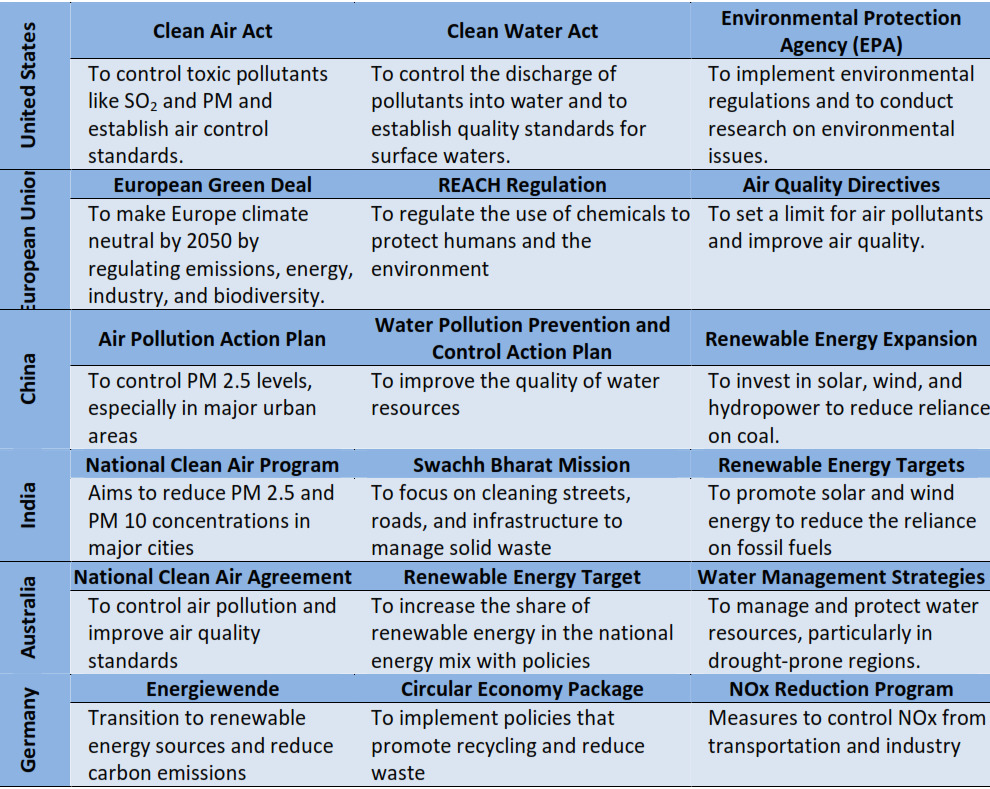Sustainable energy for future needs: An imperative for a greener tomorrow
Main Article Content
Abstract
According to Worldometer, around 8.1 billion inhabitants survive on mother earth, and earth provides the most essential resources like oxygen and water for survival. However, humanity has taken advantage of available resources on earth and has started exploring them with the available technology and machinery. As a result, the rapid consumption of exhaustible energy sources like fossil fuels, the purposeful clearing of forested lands, water pollution, industrialization, and waste disposal into the environment are increasing faster. Due to these activities, the earth's ecosystem is in great danger and requires an immediate remedy to safeguard it. Therefore, relying on renewable energy sources and promoting sustainable energy for future needs is one of the possible solutions to prevent environmental damage.
Downloads
Article Details

This work is licensed under a Creative Commons Attribution-NonCommercial 4.0 International License.
References
[2] M. Setiyo et al., “Industry 4.0: Challenges of Mechanical Engineering for Society and Industry,” Mechanical Engineering for Society and Industry, vol. 1, no. 1, pp. 3–6, 2021, doi: 10.31603/mesi.5309.
[3] D. Gielen, F. Boshell, D. Saygin, M. D. Bazilian, N. Wagner, and R. Gorini, “The role of renewable energy in the global energy transformation,” Energy Strategy Reviews, vol. 24, pp. 38–50, Apr. 2019, doi: 10.1016/j.esr.2019.01.006.
[4] A. Averchenkova, S. Fankhauser, and J. J. Finnegan, “The influence of climate change advisory bodies on political debates: evidence from the UK Committee on Climate Change,” Climate Policy, vol. 21, no. 9, pp. 1218–1233, Oct. 2021, doi: 10.1080/14693062.2021.1878008.
[5] I. C. Setiawan and M. Setiyo, “Renewable and Sustainable Green Diesel (D100) for Achieving Net Zero Emission in Indonesia Transportation Sector,” Automotive Experiences, vol. 5, no. 1, pp. 1–2, 2022, doi: 10.31603/ae.6895.
[6] M. Setiyo et al., “Cooling power characteristics of half-cycle refrigeration system in LPG fuelled vehicles by auxiliary chiller as heat exchanger,” Thermal Science and Engineering Progress, vol. 27, p. 101145, 2022, doi: https://doi.org/10.1016/j.tsep.2021.101145.
[7] M. Setiyo, D. Yuvenda, and O. D. Samuel, “The Concise Latest Report on the Advantages and Disadvantages of Pure Biodiesel (B100) on Engine Performance: Literature Review and Bibliometric Analysis,” Indonesian Journal of Science and Technology, vol. 6, no. 3, pp. 469–490, 2021, doi: 10.17509/ijost.v6i3.38430.
[8] A. C. Arifin, A. Aminudin, and R. M. Putra, “Diesel-Biodiesel Blend on Engine Performance: An Experimental Study,” Automotive Experiences, vol. 2, no. 3, pp. 91–96, 2019, doi: 10.31603/ae.v2i3.2995.
[9] M. Mokhtar, B. Sugiarto, A. A. Agama, A. Kurniawan, and A. S. Auzani, “Investigating Knocking Potential, Cycle Stability, and Emission Characteristics in Lean Spark Ignition Engine with Gasoline, Ethanol, and Methanol,” Automotive Experiences, vol. 7, no. 1, pp. 48–62, Apr. 2024, doi: 10.31603/ae.10607.
[10] C. Hardiyanto and P. Prawoto, “Effect of Diethyl Ether on Performance and Exhaust Gas Emissions of Heavy-Duty Diesel Engines Fueled with Biodiesel-Diesel Blend (B35),” Automotive Experiences, vol. 6, no. 3, pp. 687–701, 2023, doi: 10.31603/ae.10311.
[11] M. Hanifuddin, M. F. Taufiqurrahman, T. A. Setyawan, R. Anggarani, C. S. Wibowo, and B. Sugiarto, “Performance of a Single-Cylinder Four-Stroke Engine with High Concentrations of Gasoline-Ethanol-Methanol (GEM),” Automotive Experiences, vol. 6, no. 2, pp. 407–415, Aug. 2023, doi: 10.31603/ae.9332.
[12] A. Kolakoti, M. Setiyo, and B. Waluyo, “Biodiesel Production from Waste Cooking Oil: Characterization, Modeling and Optimization,” Mechanical Engineering for Society and Industry, vol. 1, no. 1, pp. 22–30, 2021, doi: https://doi.org/10.31603/mesi.5320.

